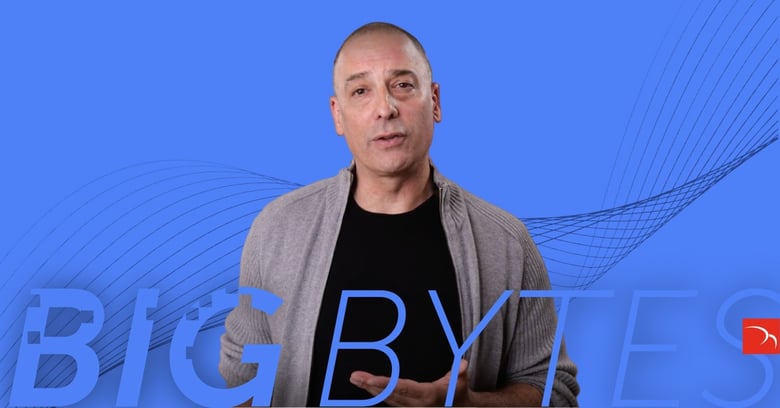I’m old enough to remember when making a long-distance call was a big deal. Calculating the cost per minute, hunting down prepaid discount cards, and deciphering country codes turned connecting with far-away friends and family into a special kind of adventure. Today, real-time video chat has become integral to how we live and work. That instantaneous digital connectivity to far-flung remote locations is made possible thanks in large part to the wonders of wireless long-haul transport and its ability to bridge the digital divide quickly, affordably, and reliably between urban centers and isolated areas.
Full Transcript:
What is wireless long-haul? And, how can it help bridge the digital divide to connect rural communities and remote facilities to modern high-capacity telecom networks? We’ll explain it all in this episode of Ceragon’s Big Bytes.
Welcome to Ceragon’s Big Bytes the show all about the wonderful world of wireless telecom and transport where we pack big info into tiny byte-sized videos.
So, what is wireless long-haul? Well, when we talk about hauling, long-haul or short-haul in wireless transport, we’re referring to moving data – text, audio, and video from one cell site to another cell site.
Short-haul wireless transport moves your data relatively short distances, from one office tower to the office tower across the street or from uptown to downtown, using high capacity low-latency millimeter waves and microwaves. Think of those radio waves as short-distance runners, sprinting back and forth across town, picking up and dropping off your data in real-time.
But what if you need to send a lot of data, not across town, but hundreds of kilometers away to some remote rural community, or an offshore production platform, or an isolated critical infrastructure facility?
A short-distance sprinter isn’t going to be your best choice. That’s when you need wireless long-haul transport. To continue with our metaphor, if in the world of short-haul transport, sprinters are the stars, then for long-haul, relay runners reign supreme.
If you picture a map with your core network on one side and a remote facility you want to connect to on the other side of the map, your goal is to bridge that digital divide with as few links or relay runners as possible. Each link is like one relay runner passing off the baton or data to the next.
The fewer links you need, the faster your deployment will be and the lower your CAPEX and OPEX will be. BUT, you’re going to need some really strong relay runners or long-haul radios and antennas to get your data across all that distance to the finish line quickly and reliably.
Ceragon holds the record for the longest wireless radio link at close to 250kms, and recently deployed a single long-haul link for PRIO in Brazil, connecting a fixed oil and gas production platform across 182km of open ocean to a mountaintop tower, all with just one link.
One way to get more distance from each long-haul cell site is to use a technology like Ceragon’s proprietary Advanced Space Diversity, or ASD for short.
We’ll get into the details of how ASD works in another episode but the big takeaway for ASD is that it can give you up to 40% more reach by providing between 3dBs and 9dB of additional system gain, up to 33% more capacity, and up to 50% savings on infrastructure costs, all depending on the specific configuration you choose.
ASD helps your long-haul by enhancing signal quality and resilience, and mitigating signal interference. That means you’ll get the distance, reliability, and capacity your network needs all with the lowest Total Cost of Ownership. And that’s great news if you’re facing a long-haul network challenge.
To learn more about long-haul and Advanced Space Diversity you can download the white paper in the link below or talk to one of our long-haul experts who are always happy to help.
Until next time – I'm Jeremy Ladner and this is Big Bytes.
Advanced Space Diversity White Paper


